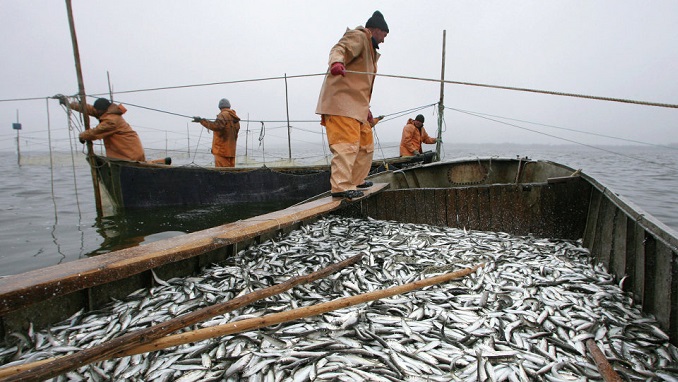Russian veterinary and phytosanitary authority Rosselkhoznadzor has authorized three Chinese eel and sturgeon producers to export products to Russia, the watchdog said on Tuesday, according to TASS.
“Based on a guarantee of the Chinese side, Rosselkhoznadzor authorized supplies from three Chinese enterprises (two eel producers and one sturgeon producer,” the regulator says.
Rosselkhoznadzor introduced temporary restrictions from January 9 in respect of imports of eel, tilapia, sturgeon, trout, certain shrimp species and seafood cocktails from China in view of numerous violations.
Inspections at the Chinese companies at the turn of last year found violations including ones related to insufficient safety control of aquatic products.
The Main Customs Administration of China provided Russia with guarantees preventing supplies of aquaculture products not meeting safety requirements and independently suspended certification of products imported from China, eel, tilapia, sturgeon, trout, shrimp and mixtures of frozen seafood (sea cocktail) containing the indicated types of aquatic organisms, the Russian regulator noted.
Meanwhile, the Russian Agency for Fisheries (Rosrybolovstvo) has officially launched “Russian Fish,” a new public-private partnership focused on marketing Russia’s seafood products abroad.
First announced in 2018, the government-organized, non-commercial organization has already signed on its first members, which include state-owned enterprises, the Expo Solutions Group, which organizes the annual Global Fishery Forum and Seafood Expo Russia in St. Petersburg, and more than 20 seafood companies.
The formal launch took place at the China Fisheries & Seafood Expo in Qingdao, China in October 2019. At the event, the Russian Federal Agency for Fisheries Deputy Head Pyotr Savchuk said China would be the primary focus of the new organization. The market for imported seafood in China is growing, Savchuk said, predicting that global consumption will increase from the current per capita estimate of 26 kilograms to 4i j5 kilograms by 2030.












